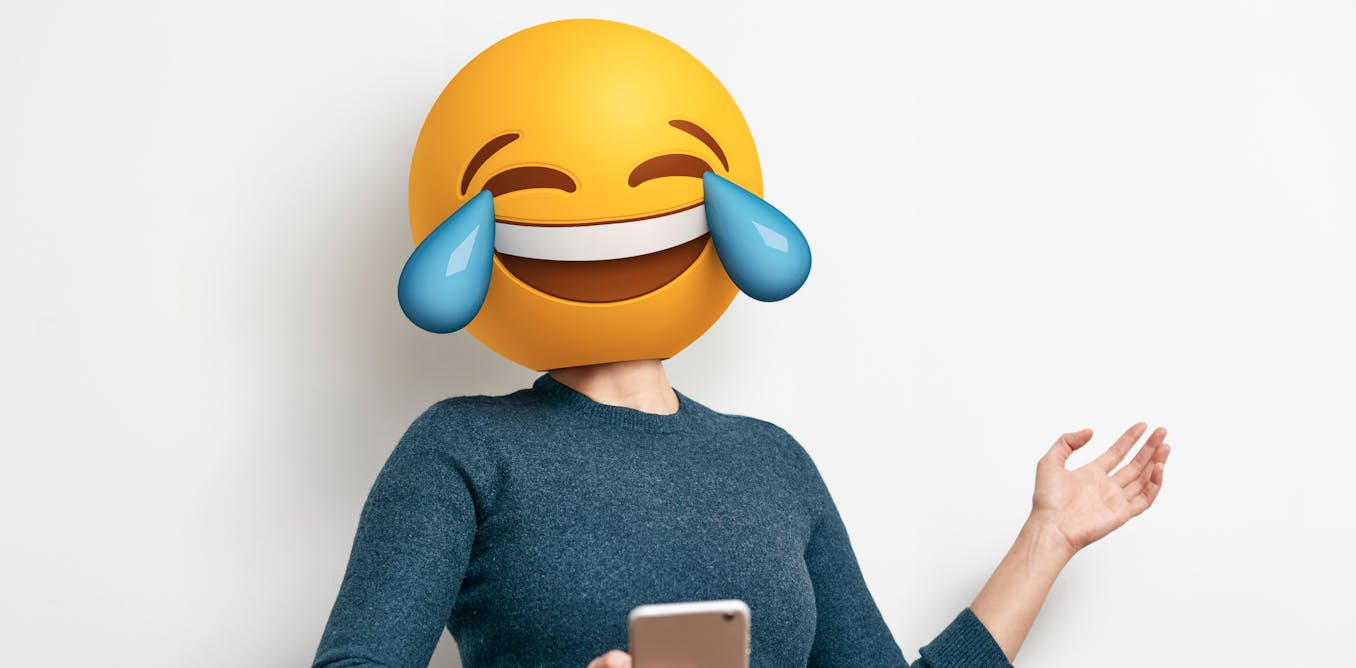Why Humor Works Differently in Indonesian Ads

Understanding Cultural Nuance in Marketing for the World’s Fourth Most Populous Country
Humor is a powerful tool in advertising—it disarms, entertains, and fosters emotional connection. But in Indonesia, humor in ads does more than just make people laugh; it reinforces community values, social harmony, and local relevance.
If you’re a global brand trying to connect with Indonesian consumers, simply translating a Western ad or inserting a joke won’t cut it. You need to understand why and how humor works differently in Indonesian culture.
In this blog post, we explore the psychology, cultural nuances, and best practices behind using humor in Indonesian advertising—and how to apply it effectively in your next campaign.
🇮🇩 The Role of Humor in Indonesian Society
Indonesia, with over 17,000 islands and more than 300 ethnic groups, is culturally diverse. But certain cultural traits unify the population when it comes to communication:
1. Indirect Communication
Indonesians tend to communicate in ways that avoid confrontation or embarrassment, especially in public or formal settings. Humor is often used as a tool to soften messages or navigate social hierarchy.
2. Group-Oriented Thinking
Indonesian humor often leans on relatable, communal experiences—such as daily transportation, family life, or food. This contrasts with Western humor, which can be more individualistic or sarcastic.
3. Javanese Influence
As Java is the cultural heart of the country, Javanese values like halus (refined behavior) and “saving face” also shape humor. Slapstick comedy and self-deprecating humor that doesn’t insult others are particularly appreciated.
👉 Read more about cultural communication in business:
How Local Culture Influences Digital Buying Behavior in Indonesia
🎭 Types of Humor That Work in Indonesian Advertising
1. Exaggeration and Slapstick
Simple, visual humor that involves exaggerated facial expressions, accidents, or quirky characters is universally loved in Indonesia. Brands like Indomie and Tokopedia have used this format successfully in commercials.
2. Wordplay and Local Dialects
Indonesian languages are rich in puns and homophones. Many ads use Bahasa Indonesia with regional inflections (like Javanese or Sundanese) for added charm and relatability.
Example: An ad from Grab Food played with the phrase “Laper, bos?” (“Hungry, boss?”) with a humorous take on workplace dynamics.
3. Situational Comedy
Everyday mishaps—like forgetting your password, running late, or miscommunicating with a neighbor—are popular in ads. They strike a balance between entertainment and brand messaging.
🤖 Why Humor in Indonesian Ads is Increasing in the Digital Age
With the rise of TikTok, YouTube, and Instagram Reels, short-form, humorous content is now the primary way brands connect with Gen Z and millennial Indonesians.
According to We Are Social’s 2024 report, over 70% of Indonesians aged 18–35 watch humorous content weekly.
Digital humor strategies include:
-
Branded memes and parodies
-
Collaborations with comedians or influencers
-
User-generated humor contests
👉 Related blog:
Digital Buyer Personas: Understanding Indonesian Online Shoppers
⚠️ What Doesn’t Work: Pitfalls to Avoid
❌ Sarcasm
Sarcastic humor can easily be misinterpreted in Indonesia. It may come off as rude or offensive, particularly in a collectivist society that values respect and harmony.
❌ Political and Religious Jokes
Indonesia is the world’s largest Muslim-majority country. Avoid humor that involves religion, ethnicity, or politics, which are sensitive topics and could lead to backlash.
❌ Over-reliance on Global Pop Culture
While some Indonesians may follow Western trends, many local consumers resonate more with regional pop culture, folklore, and local celebrity figures.
📺 Case Studies: Brands That Nailed It
Grab Indonesia
Grab’s “GrabFood Nyam!” campaign used humorous food cravings acted out in over-the-top ways, which led to over 2 million YouTube views and a 30% increase in app engagement.
Tokopedia and BTS
In a collaboration with BTS, Tokopedia used subtle humor blended with fandom culture to appeal to Gen Z while keeping the tone culturally respectful and inclusive.
Indomie
Through funny ads portraying relatable college-life scenarios, Indomie has maintained its brand loyalty for years.
🛠 Tips for Brands: How to Use Humor Effectively in Indonesia
-
Localize Creatively
Don’t just translate—adapt the script using Indonesian idioms, humor styles, and character types. -
Test with Focus Groups
Even if you’re using a successful humorous campaign from another country, test it locally before launching. -
Use Local Talent
Collaborate with Indonesian comedians, TikTokers, or cultural consultants to develop authentic content. -
Match Humor to Product Type
Playful humor works well for F&B, mobile apps, and lifestyle brands—but may not be ideal for luxury or medical products.
👉 Also read:
How to Build Brand Loyalty in Indonesia Using Cultural and Digital Insights
💡 Conclusion: Humor is a Local Game
In Indonesia, humor is not just a marketing tactic—it’s a cultural connector. Used thoughtfully, it can:
-
Humanize your brand
-
Make your message more memorable
-
Help navigate cultural sensitivities
-
Drive stronger engagement and ROI in a highly competitive market
But success lies in localization. By understanding what Indonesians find funny—and what they don’t—you can turn humor into a long-term branding asset, not just a gimmick.
